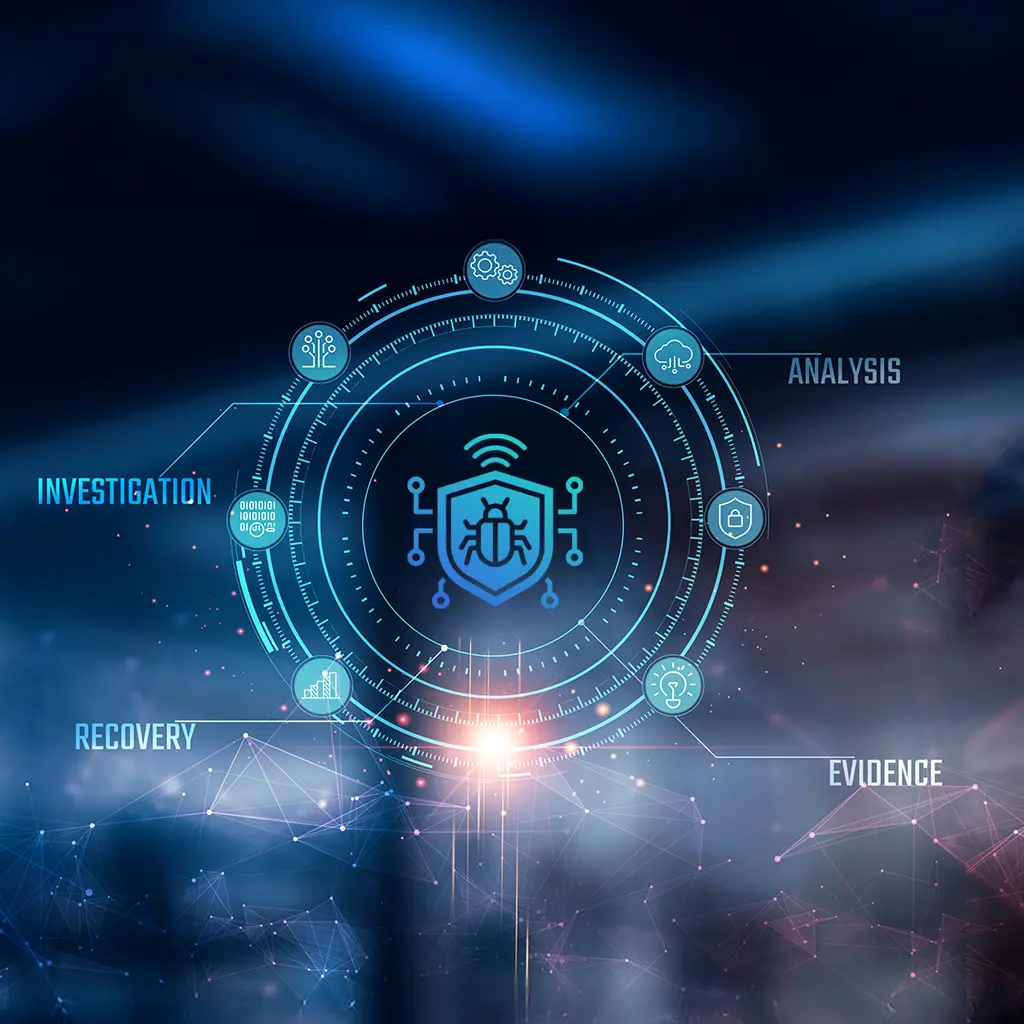This blog explores the evolving identity threat environment and prescribes a modern strategy for autonomous, adaptive, and resilient IAM.
Identity is the new security perimeter and the most focused and targeted enterprise control layer in today’s world. As organizations accelerate digital transformation and cloud adoption, cyber adversaries exploit identity systems through credential theft, deep-fake driven impersonation, MFA fatigue, and machine and NHID credential abuse.
Halloween reminds us that not every entity at the door is who they appear and can be trusted. The cyber world mirrors this reality. Imposters wear digital masks, dormant credentials rise like zombies, and privileged access can become vampires in the night, draining critical enterprise systems, applications, and data security. Traditional security trusts whoever walks through the door.
In a haunted house, everything looks real, until it isn’t. That’s identity in the digital world. Here are some resonating examples from Halloween that every enterprise has a challenge and threat to the Identity and Access.
- Zombie Credentials: Stolen and reused passwords
- Imposter Spirits: Deepfake-assisted fraud
- Web of Shadows: Supply chain identity attacks
- Flying Bats: Machine-to-machine credential abuse
- Vampiric Privilege Escalation: Draining access control
- Graveyard of legacy identity: Static access policies, manual provisioning, implicit trust and over-privileged accounts
In cybersecurity, “Trust” is the ultimate trick, and attackers exploit every gap, and risk, disguising themselves to slip in undetected. That’s why modern Identity and Access Management (IAM) is evolving from gatekeepers to monster hunters, built around Zero Trust, AI-driven verification and self-heal, and identity resilience. Going by the Zero Trust principle: “Never trust. Always verify.”
Trick or Trust?
To thrive in this threat landscape, organizations must consider adopting the following identity control measures:
- Zero-True Identity — Eliminating implicit trust, continuous verification, behavioral analytics, risk adaptive authentication and lifecycle governance and certification automation.
- Resilient IAM architectures — Designed to withstand compromise,multi-layered, fail-safe authentication, policy-driven, least privilege, automated detection and access response, self-healing identity systems and business continuity for identity services.
- AI-empowered security — To detect, respond, and self-heal, risk-based access decisions, autonomous identity lifecycle actions, threat prediction and anomaly detection and continuous user verification.
- Identity-first security governance — Spanning humans and machines.
Conclusion
Organizations must build strategic roadmap to Zero-True Identity, establish Identity-First Architecture, build IAM resilience, automate Governance and AI-empower IAM and should begin evaluating the following for Orchestrating from reactive to smart Identity and Access Management, Smarter risk decision, Optimized operations and Measured Outcomes.
- Current identity maturity and architecture
- Ability to withstand identity compromise
- Degree of adaptive and continuous verification
- AI use cases for identity defense
- Roadmap to Zero-True and autonomous IAM governance
- The Changing Identity Threat Landscape
- From Zero Trust to Zero-True Identity
- Identity Resilience and strategic mandate
- Least Privilege and JIT access
- Continuous governance and automation
- AI for new guardian of the Identity Perimeter
- Real-time anomaly detection
- Behavioral biometrics
- Cross-system threat correlation
- Autonomous policy enforcement
- Continuous trust attestation
In a world where adversaries disguise themselves as trusted users, trust becomes the greatest vulnerability and identity becomes the most powerful control surface.
Zero-True Identity and IAM Resilience represent the next chapter of security evolution:
- No static trust.
- No unchecked access.
- No unvalidated identity.
- Every access request must prove legitimacy and continuously monitor to ensure right access has been provided to users and based on their job profile.
- In cybersecurity, the monsters don’t hide in closets they hide in credentials, sessions, and access logs so frequent lifecycle governance is very essential to protect the access to critical systems, applications and data
With resilient, autonomous IAM, organizations don’t fear the dark, and they control it.






